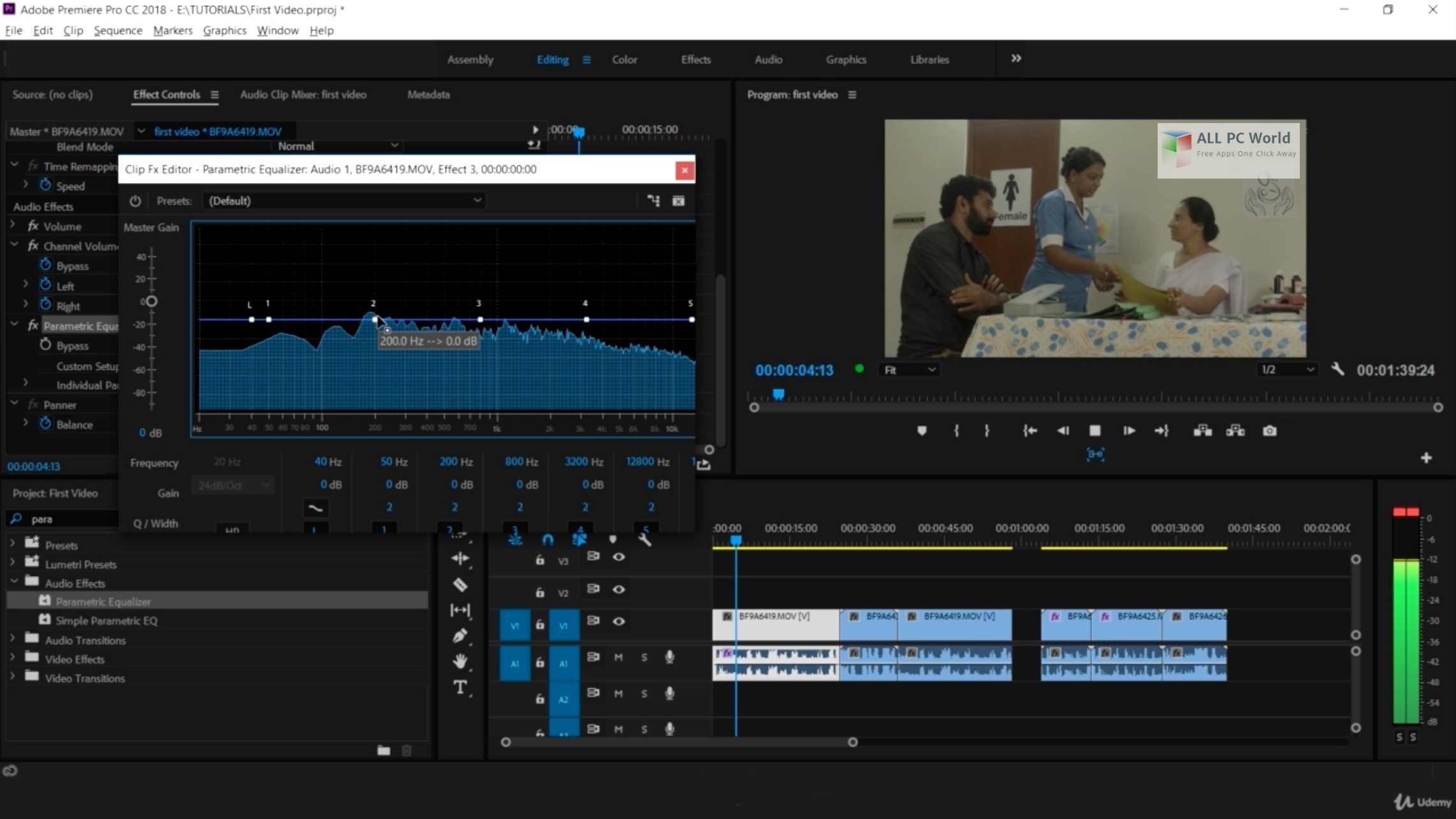

Set one up, and all the others will reflect that. In order to keep the look of your final edit consistent across all projects within the same Production, you’re able to set the same settings across multiple projects. This doesn’t stop others from viewing the project, nor of copying files they need to use on another project, so it won’t affect the work being done on other parts of the production.Ĭreate sequences, organise your work into folders, edit a section while others work on a different segment (Image credit: Adobe) When enabled (it is by default), it presents others from editing the section you’re currently working on. Of course, there could be complications when multiple people work on the same part of the project, which is why there’s a contingency to avoid this called “Project Locking”. Not only is this a huge timesaver, but it also keeps project files sizes down, and much easier to keep track of. This is called “Cross Project Referencing”. All your assets can be shared between projects within the Production, without having to duplicate any media. The idea behind this is to break down large workflows into smaller sections which multiple people can work on at the same time, as long as the files are located on a shared local drive. You can trigger it by going to File > New > Production.

And it’s a big one if you work in collaboration. Working with a team of editors? It’s time to create a Production (Image credit: Adobe) The big oneīut we’ve kept the most exciting change for last. Of course, new updates mean support for additional file formats, and there are also new encoding presets when exporting to Adobe Stock. Little things like that, might make you wonder why they weren’t included before, but now they’re here you’ll wonder how you managed to get any work done without them prior to these updates! You can also speed up footage through time remapping by up to 20,000 percent, allowing you to work with much longer clips, and the audio gain range has been increased to 15db. Other recent additions which will make many editors happy include the ability to rename shape and clip layers, the introduction of a new Underline style button so your titles can - finally and easily - be underlined, the inclusion of multi-line text fields in Motion Graphics, and the addition of a new drop-down menu option in those templates, making it much cleaner and easier to customise them in your workflow. Premiere Pro’s interface remains clean, and sleek, allowing you to focus on the edit (Image credit: Adobe) Other improvements


 0 kommentar(er)
0 kommentar(er)
